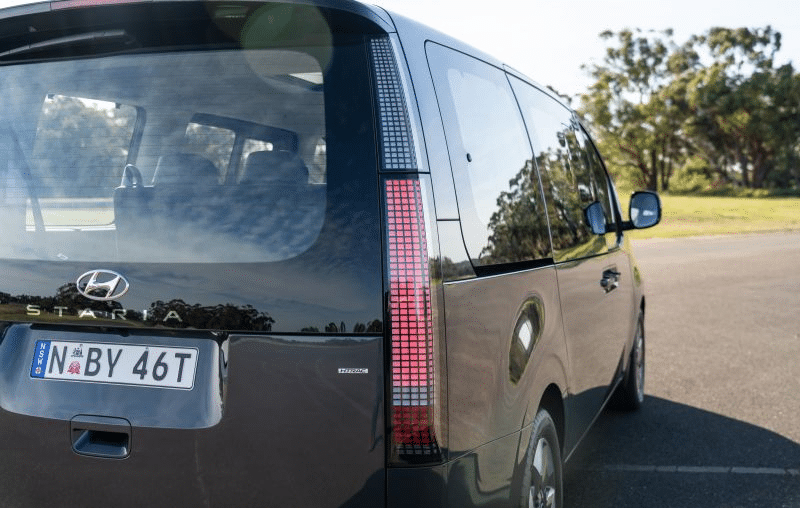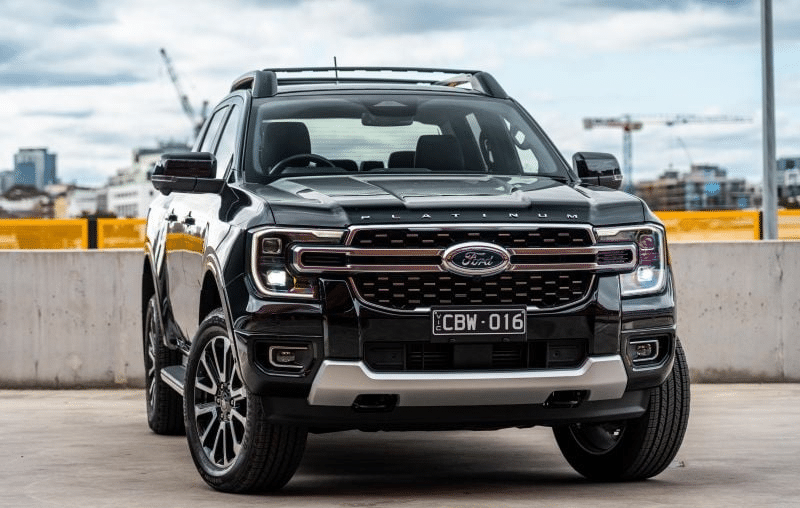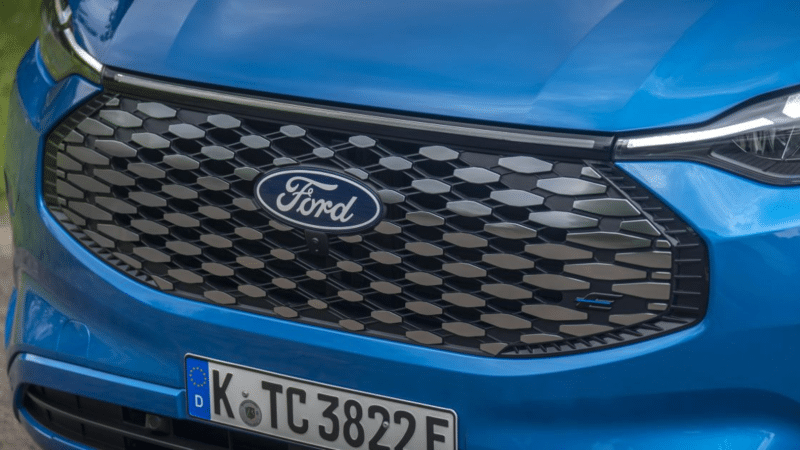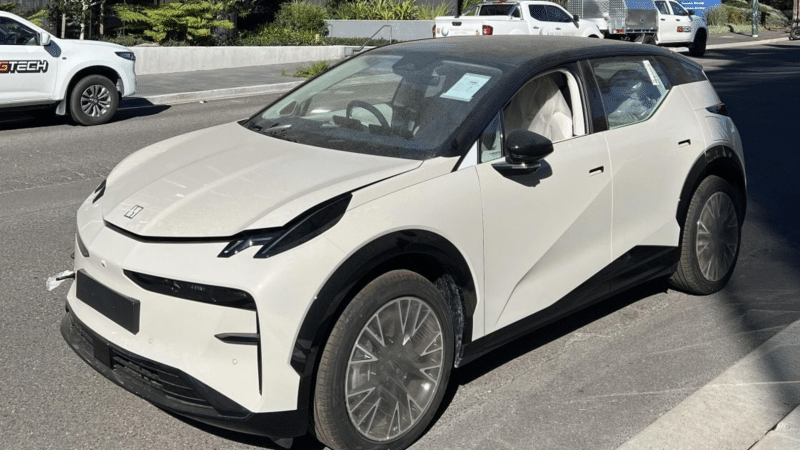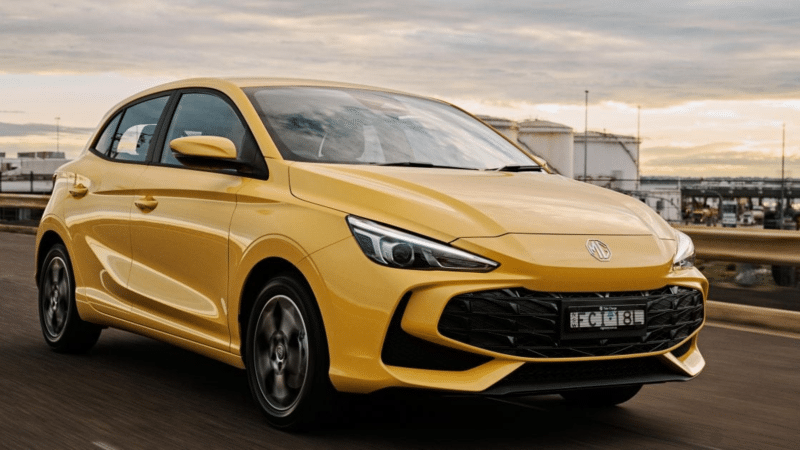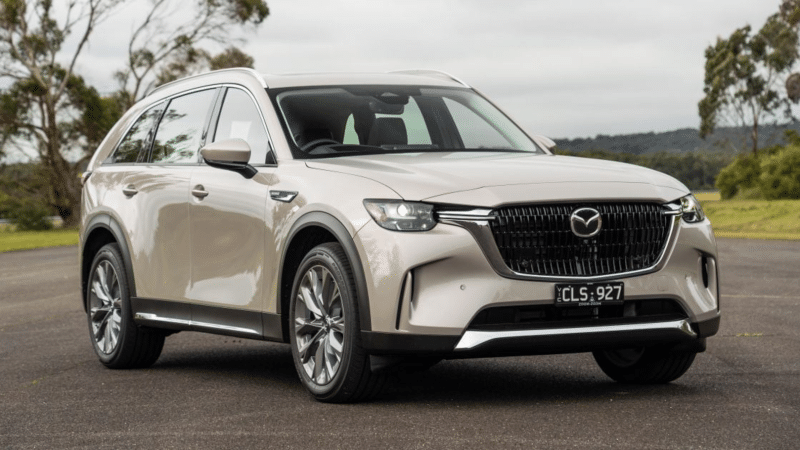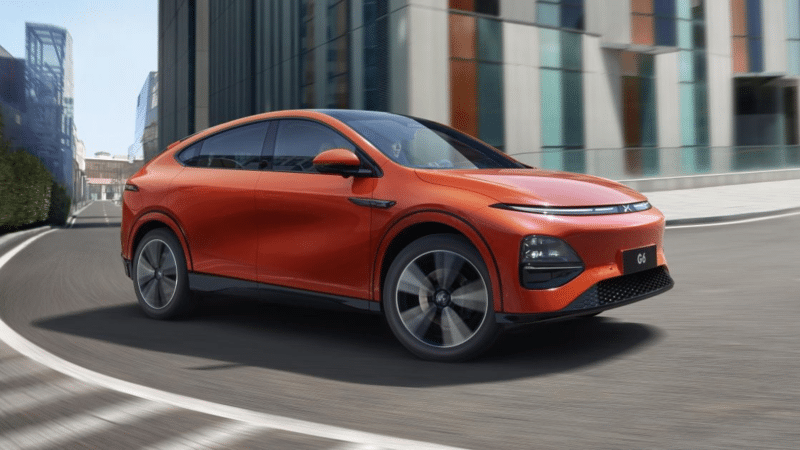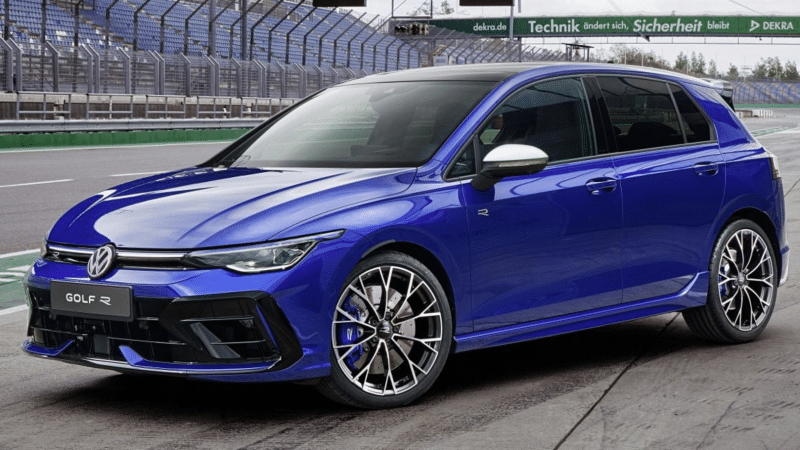Designers Critique the Current State of Automotive Design in Australia
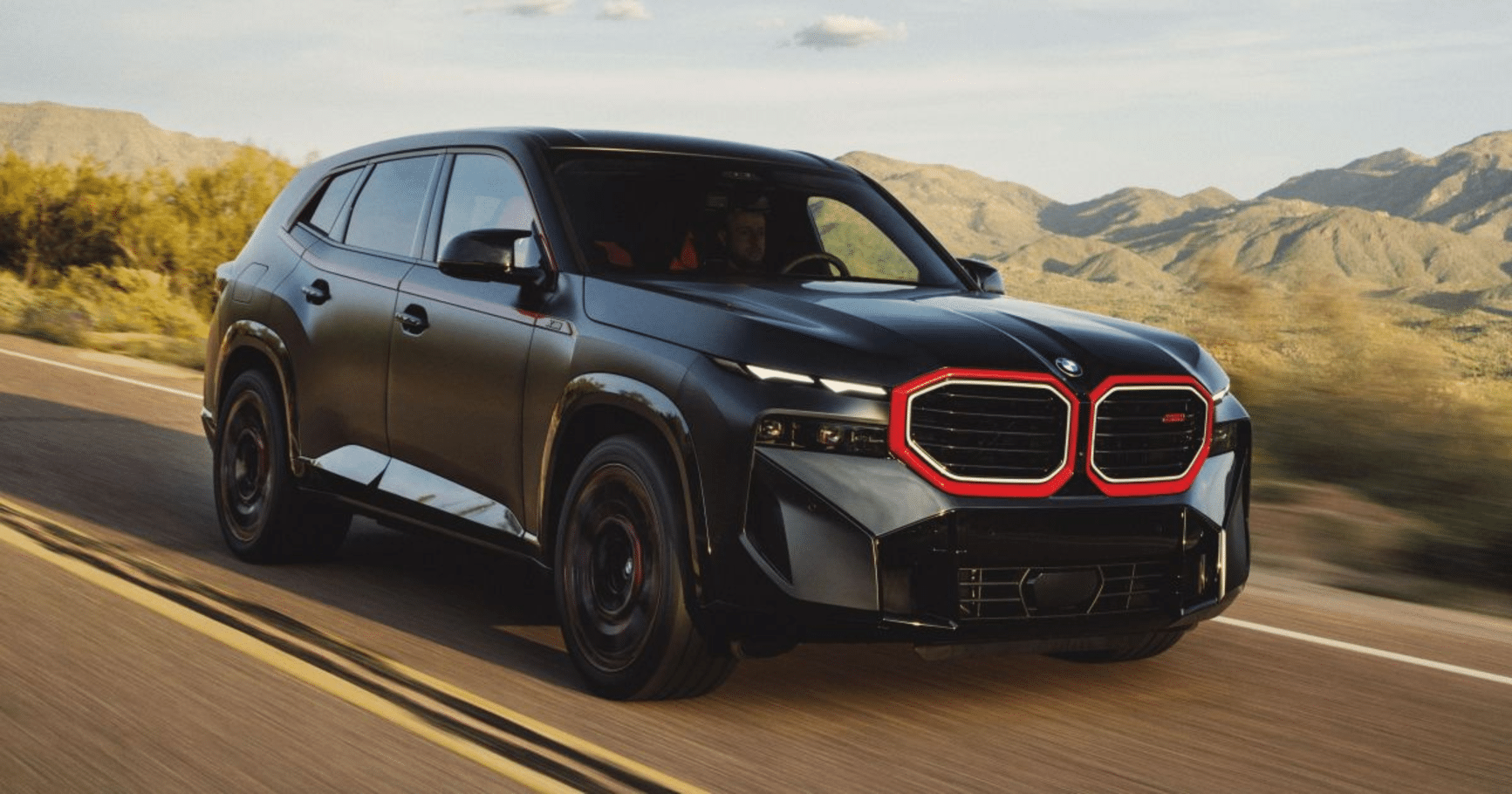
Designers Critique the Current State of Automotive Design in Australia
Will the Australian automotive industry find its way to truly innovative and differentiated designs in the future?
The race to create maximum showroom impact is putting some “hideous” new cars on Australian roads. Similar SUV shapes and a wave of lookalike pickup trucks have forced designers to resort of “jewellery” and “trinkets” to set their newcomers apart, according to two of the best-credentialed Australian designers of the past 40 years.
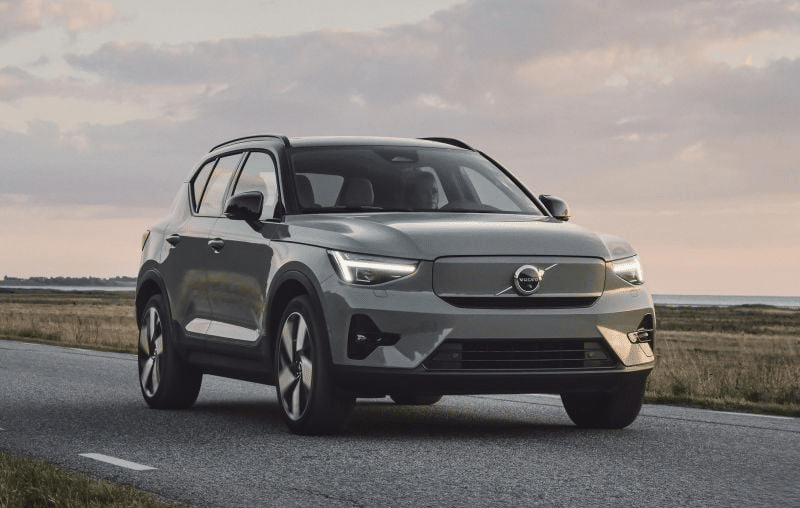
“Different isn’t always best. A lot of it is hideous,” says Paul Beranger, a leading designer with Holden, Nissan, and Toyota. He believes that many newer arrivals are throwing ridiculous elements at pickups to help them stand out, resulting in an overall lack of aesthetic appeal.
On the other hand, Peter Hughes, one of the heroes of Holden design, expresses his fondness for the compact Volvo SUV, the XC40. He finds its funky design appealing and sees Volvo as doing a good job overall in terms of automotive design.
When it comes to standout designs, Mr. Beranger finds it tougher to choose. However, he does mention the big Audi coupe as a good-looking car and surprisingly praises the current Mazda 6 and Toyota Camry for their improved designs. Meanwhile, he criticizes BMW for its appalling design, considering it even worse than Chinese brands.
Mr. Beranger identifies the proliferation of SUVs with similar shapes as a contributing factor to the downturn in design. He believes that the quest for differentiation becomes challenging when every brand has a large four-door box for families. Car companies are resorting to what he calls ‘trinkets’ like aluminium finishes and painted mouldings to stand out, resulting in exaggerated light patterns and unnecessary embellishments.
Mr. Hughes agrees with Mr. Beranger’s observation and highlights the importance of lamp designs in creating brand identity. He finds most advancements in the automotive industry to be conventional, with false vents on the side of cars driving him insane. He mentions Audi and BMW as brands that have made significant strides in using lights to define their identity, but warns about some designs becoming ungainly and chaotic, particularly among Korean brands.
Turning their attention to pickups, Mr. Beranger expresses his mixed feelings. He acknowledges Ford’s design leadership in this segment but personally doesn’t like the brashness and aggressiveness typically associated with pickups. Looking ahead, both designers expect companies to continue following trends in order to generate showroom interest, with Korean brands like Kia and Hyundai doing a good job at the moment.
The emergence of new Chinese brands is seen by Mr. Beranger as a positive development, leaving behind legacy brands with existing customers. He believes that as these new brands mature, they will better understand their customers’ expectations and adjust their designs accordingly. In contrast, he criticizes BMW for losing its traditional values while acknowledging Mercedes’ more conservative approach, which he believes is doing a better job.
In conclusion, Mr. Beranger views the current state of design as a transitional period where designers are grappling with the implications of new technologies. He predicts that some companies may face challenges in the future, while others will successfully navigate their way into the future with the integration of new technology.
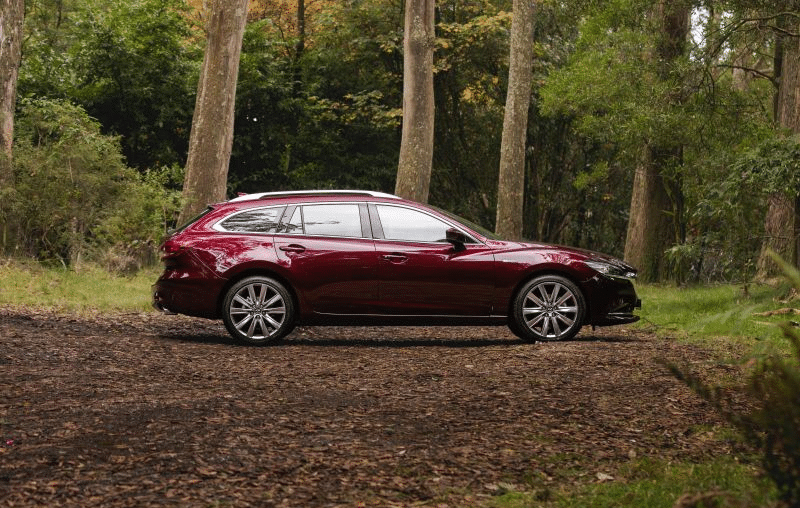
- Designers are concerned about the lack of differentiation and creativity in current automotive designs.
- Volvo XC40 and Mazda 6 are praised as standout examples of good design.
- Chinese brands, particularly BMW, receive criticism for their designs.
- The rise of SUVs and pickups is seen as a trigger for the downturn in design.
- Light patterns and embellishments are criticized for being excessive and unnecessary.
- Ford Ranger is acknowledged for its design leadership in the pickup truck segment.
- Designers predict continued focus on trends and the emergence of new brands in the industry.
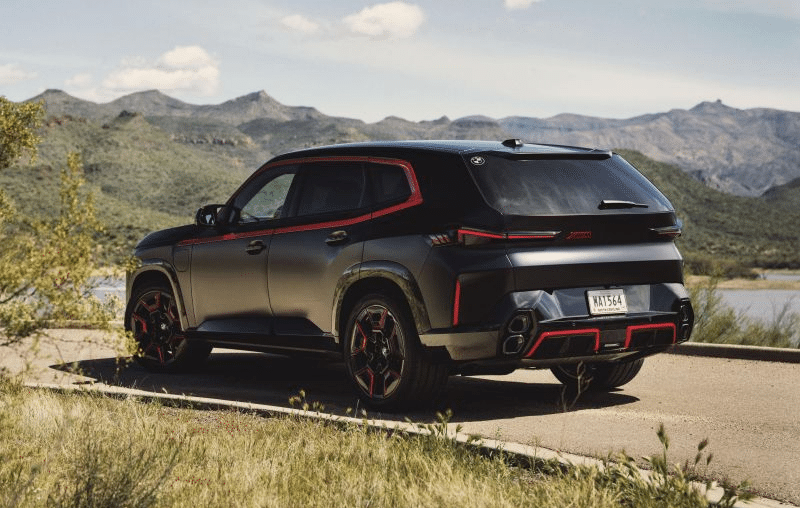
As the Australian automotive industry strives to make an impact in showrooms, designers express their concerns about the lack of creativity and differentiation in current designs. While they criticize the excessive use of added elements and embellishments, they also acknowledge standout examples such as the Volvo XC40 and Mazda 6. Chinese brands, particularly BMW, receive criticism for their design choices. The rise of SUVs and pickups is seen as a trigger for the downturn in design, as brands struggle to differentiate themselves. Looking ahead, designers predict a continued focus on trends and the emergence of new brands in the industry. With the industry going through a transitional period driven by new technologies, the future of design remains uncertain.
